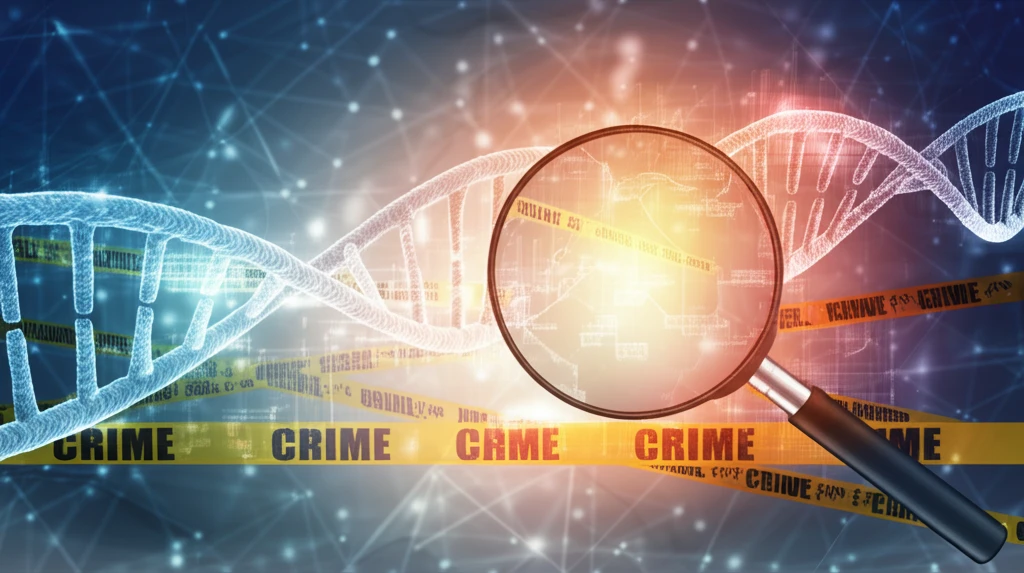
Unlock Forensic DNA: How High-Resolution Melting (HRM) is Revolutionizing Crime Scene Investigations
"Discover how HRM DNA analysis is streamlining forensic science, making it faster, cheaper, and more accurate in identifying crucial genetic markers."
In the world of forensic science, analyzing DNA is a cornerstone of modern investigations. Traditionally, techniques like short tandem repeat (STR) analysis have been the go-to method for identifying individuals. However, these methods can be time-consuming and costly, especially when resources are limited. Newer technologies, such as next-generation sequencing, offer advancements but come with a steep price tag, making them less accessible for widespread use.
Enter High-Resolution Melting (HRM), a technique that is emerging as a game-changer in forensic DNA analysis. HRM offers a rapid and cost-effective alternative for screening DNA samples. It works by identifying single-nucleotide polymorphisms (SNPs)—tiny variations in DNA sequences—within PCR products. By detecting these subtle genetic differences through temperature changes during DNA dissociation, HRM can help forensic scientists quickly include or exclude individuals/samples for further analysis, thereby optimizing the STR analysis process.
Moreover, HRM isn't limited to nuclear DNA analysis. Mitochondrial DNA (mtDNA), known for its resilience to degradation and high copy number per cell, can also be analyzed using HRM. This is particularly useful in cases where DNA is scarce or degraded, such as in samples from hair, bones, or teeth. While mtDNA analysis, especially in the hypervariable (HV) regions I and II, has been used in forensics, HRM for these regions is not yet fully established, presenting an exciting frontier in forensic science.
HRM: A Faster, Cheaper, and More Accurate DNA Analysis Tool

High-Resolution Melting (HRM) stands out as a cutting-edge molecular tool celebrated for its accuracy, speed, and cost-effectiveness. Unlike traditional DNA analysis methods, HRM detects even the slightest DNA differences by monitoring temperature variations as small as 0.1°C during DNA dissociation. This precision allows for the identification of single nucleotide polymorphisms (SNPs) among PCR products, making it invaluable for forensic applications.
- Speed: HRM delivers rapid results, significantly reducing the time required for DNA analysis compared to traditional methods.
- Cost-Effectiveness: The technique is economical, making it accessible for labs with limited resources.
- Specificity: HRM accurately identifies subtle genetic differences, ensuring reliable and precise forensic findings.
The Future of Forensic DNA Analysis
The study underscores the potential of High-Resolution Melting (HRM) as a transformative tool in forensic science. By demonstrating its accuracy and utility in screening small DNA differences, HRM offers a path to increase the efficiency of laboratory routines and enhance the effectiveness of forensic genetics. With further research and standardization, HRM is poised to become an indispensable asset in modern crime scene investigations, enabling faster, more accurate, and more cost-effective DNA analysis.
